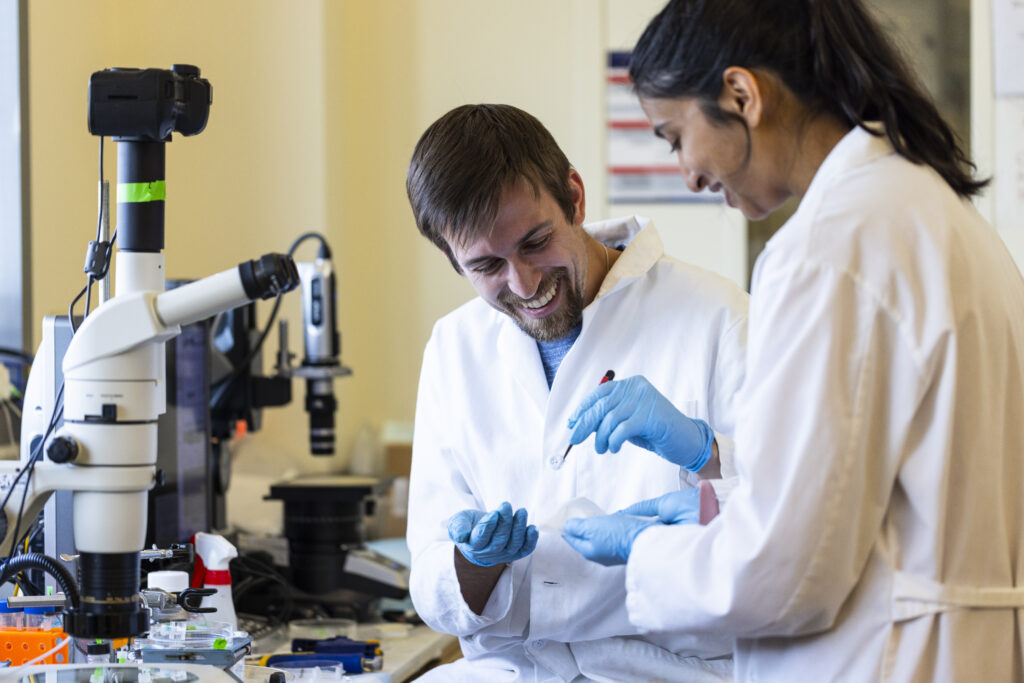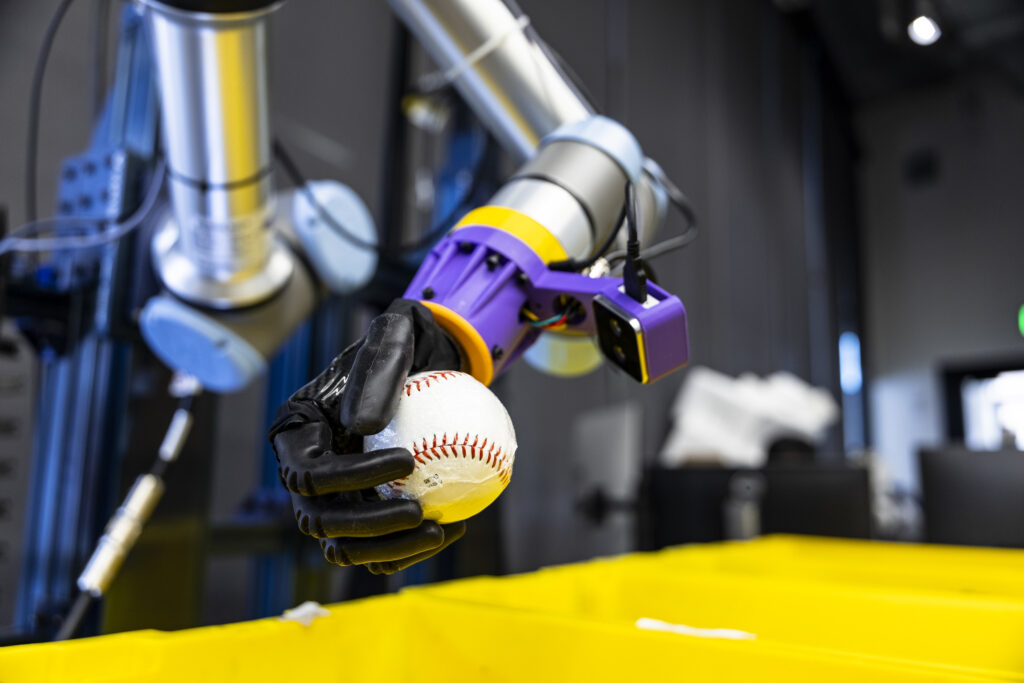What is a patent?
A legal right granted by the government, allowing one to exclude others from making, using, selling, and importing their invention in the United States for a limited period, typically 20 years.
Patentable inventions MUST be
Useful
“Useful” means that the invention must have a real-world utility, a practical aspect. To be considered useful, an invention must be:
- Operative (it either actually works or is reasonably expected to work)
- Specific (it provides a particular solution that sets it apart and makes it useful)
- Substantial (it has a real-world use beyond furthering scientific knowledge)
Novel
“Novel” means the invention was not publicly available before the filing date of a patent application on the invention. This means that the invention cannot have been:
- Patented
- Described in a patent or patent application filed by another person(s)
- Described in a printed publication
- In public use
- On sale or offered for sale
- Otherwise available to the public (ex. oral presentation or non-confidential discussion)
In the US only, there is a one-year “grace period” to file a US patent application after the date of your own public disclosure.
Non-obvious
“Non-obvious” means the inventive concept would not have been obvious to a person of ordinary skill in the relevant technical field at the time the application was filed. A patent examiner will examine combinations of references published before the filing date to determine if, taken together, they would have made it obvious to come up with the idea for the invention.
Patentable inventions MAY be
- Product of manufacture
- Some computer programs
- Process/method
- Machine
- Composition of matter (i.e., new chemical or biological compound)
- Any new and useful improvement of any one of the above
Patentable inventions CANNOT be
- Abstract ideas
- Theories
- Laws of nature
- Products of nature
- Scientific principles
Benefits of patenting an invention
Patenting an invention resulting from UW research has many benefits. A patent secures the UW’s ability to market the invention to corporate or non-profit entities that may further invest in the development, manufacture, and distribution of the invention. A patent may encourage commercialization of an invention by providing the licensee with an exclusive period (e.g., 20 years from the date of filing) of ownership rights in the invention. In addition, a patent can benefit researchers by:
- Returning revenue to researchers and their departments, schools, and colleges
- Providing an asset around which researchers may build a company
- Providing the satisfaction of contributing new information to society, which may in turn lead to new or improved goods and services
- Demonstrating that their work is innovative


Decision whether to file a patent application
The decision to file a patent application is made by UW CoMotion, in consultation with the inventor(s). The determination is made based on many factors, including the scope of the invention, its likely patentability, and its commercial potential. For more information, please schedule a consultation with an Innovation Manager to determine whether a patent is recommended for your innovation.
Consult with CoMotion Innovation Managers
Please consult with a CoMotion Innovation Manager to determine if your innovation is patentable.
Additional resources
Provisional patent application
A provisional patent application is a fast and efficient way to preserve patent rights before a public disclosure, while also filing before any competitors try to patent your idea first. Learn more about provisional patent applications with one of the University of Washington’s patent portfolio managers in this video.
Non-provisional patent application
A non-provisional patent application is the formal patent application that will be reviewed by a patent office examiner. If you have already filed a provisional patent application for the same innovation, you will get the benefit of its priority filing date. Learn more about non-provisional patent applications in this video.